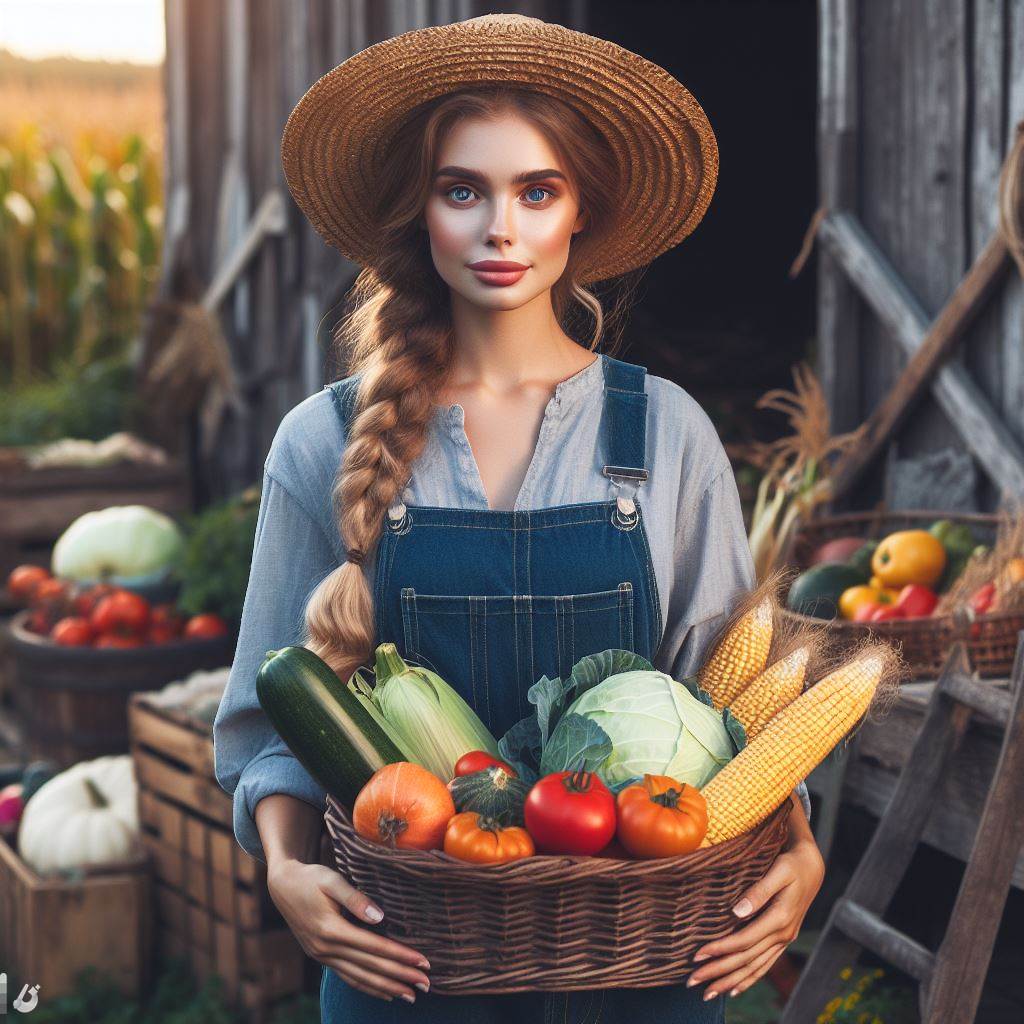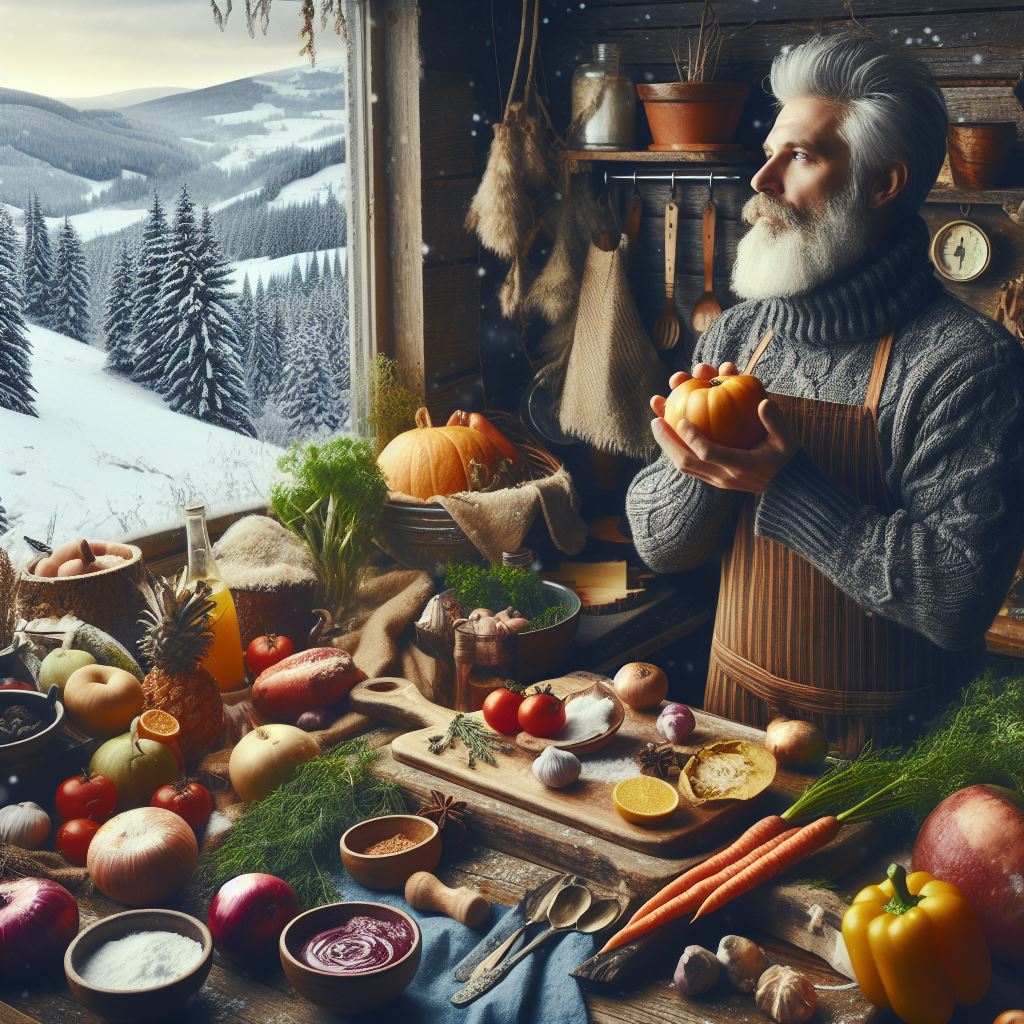Introduction
Herbs and spices add essential flavor, aroma, color, and texture across countless cuisines.
Expertly blended seasonings can elevate simple ingredients into vibrant, complex dishes.
While dried herbs have their place in cooking, nothing compares to freshly harvested leaves and seeds brimming with aromatic oils and nuanced tastes.
Luckily, nurturing a thriving kitchen herb garden rewards cooks with immediate access to premium freshness on their own windowsills or patios.
Beyond unparalleled quality, homegrown spices skip questionable additives used in commercial drying processes.
Growing your own also provides a rotating palette of new flavors for recipe experimentation while reducing reliance on store-bought seasonings.
This post will guide aspiring home gardeners through essential herb varieties, tailored indoor and outdoor growing tips, and harvesting best practices for maximum flavor.
Creative inspiration for utilizing fresh herb bounties, along with winning recipes, promises readers can easily achieve kitchen spice rack independence and everyday culinary inspiration through strategic at-home cultivation.
Getting Started with Herb and Spice Gardening
To begin, create a checklist of the items you need, so you can easily gather everything before starting your herb and spice garden.
Now that you understand the steps involved in getting started with herb and spice gardening, let’s explore each aspect further.
A. Choosing the right location for your garden
Selecting the best location is crucial for the success of your herb and spice garden.
Find an area with good drainage, access to sunlight, and protection from strong winds.
Consider the proximity to your kitchen as well.
Having the garden close by will make it easier to harvest fresh herbs whenever you need them for cooking.
B. Deciding between container gardening or in-ground planting
One of the first decisions you’ll need to make is whether to grow your herbs and spices in containers or directly in the ground.
Transform Your Agribusiness
Unlock your farm's potential with expert advice tailored to your needs. Get actionable steps that drive real results.
Get StartedContainer gardening offers flexibility as you can move plants around to optimize sunlight and rearrange the layout whenever necessary.
It’s also a great option for those with limited outdoor space.
On the other hand, in-ground planting allows herbs and spices to establish a more extensive root system, resulting in better growth and long-term sustainability.
C. Selecting the types of herbs and spices to grow
The next step is to choose the specific types of herbs and spices you want to include in your garden.
Culinary herbs are incredibly versatile and can enhance a wide range of dishes.
Some popular choices are basil, parsley, dill, oregano, and chives.
Consider your personal taste preferences and cooking habits when selecting herbs for culinary purposes.
Aromatic herbs, on the other hand, are known for their delightful scents and potential therapeutic benefits.
Lavender, mint, rosemary, and lemon balm are excellent options to create a fragrant and calming garden space.
D. Gathering necessary supplies and tools
Before you start planting, make sure you have all the essential supplies and tools ready.
Depending on your chosen gardening method, you may need pots or raised garden beds, high-quality soil or potting mix, fertilizers, and organic pest control options.
Additionally, invest in watering cans or a hose, gardening gloves, and basic gardening tools like trowels and pruners.
By preparing in advance and gathering everything you need, you can start your herb and spice garden with confidence.
In general, getting started with herb and spice gardening involves selecting the right location, deciding on container or in-ground planting, choosing herbs and spices, and gathering necessary supplies and tools.
With careful planning and attention, you’ll be on your way to a thriving garden full of fresh flavors and enticing aromas.
Happy gardening!
Read: CSA Boxes: Your Weekly Surprise
Basic Care and Maintenance for Herb and Spice Gardens
A. Soil requirements and preparation
- Choose well-draining soil rich in organic matter.
- Clear the area of weeds and rocks before planting.
- Loosen the soil with a garden fork or tiller to improve aeration.
- Add compost or aged manure to enhance soil fertility and nourishment.
B. Watering and drainage tips
- Water herbs and spices when the top inch of soil feels dry.
- Use a watering can or hose with a gentle spray to avoid damaging delicate plants.
- Ensure proper drainage by adding pebbles or gravel to the bottom of pots.
C. Proper sunlight and shade requirements
- Most herbs and spices thrive in full sun (6-8 hours of direct sunlight).
- However, some plants like mint and parsley prefer partial shade.
- Observe the growth and appearance of your plants to determine if they are getting sufficient light.
D. Fertilizing techniques
- Apply a balanced organic fertilizer during the growing season to provide essential nutrients.
- Use a slow-release fertilizer to avoid overfeeding and burning the plants.
- Follow the manufacturer’s instructions for dosage and frequency of application.
E. Pruning and harvesting best practices
- Regularly trim your herbs and spices to encourage bushier growth and prevent legginess.
- Harvest leaves in the morning when the essential oils are most concentrated.
- Use sharp scissors or garden shears to avoid damaging the plants.
F. Dealing with pests and diseases naturally
- Encourage beneficial insects like ladybugs and lacewings to control pests.
- Use organic pest control methods like neem oil, insecticidal soap, or homemade sprays.
- Monitor your plants regularly and promptly remove any diseased or infested leaves.
Taking care of your herb and spice garden requires attention to soil quality, watering techniques, sunlight conditions, fertilizing methods, pruning practices, and pest control strategies.
Ensuring a healthy and thriving garden will reward you with an abundant harvest of flavorful herbs and spices to enhance your culinary creations.
Read: Organic Food Myths: Facts You Should Know
Popular Herbs and Spices for Home Gardening
A. Basil
Basil is a popular herb that comes in various varieties and flavors.
Whether you prefer the classic sweet basil, the zesty lemon basil, or the aromatic Thai basil, growing your own basil allows you to add fresh and vibrant flavors to your cooking.
To grow basil, select a sunny location with well-drained soil. It can be grown in containers or directly in the ground.
Begin by sowing the seeds or transplanting seedlings after the last frost.
Showcase Your Farming Business
Publish your professional farming services profile on our blog for a one-time fee of $200 and reach a dedicated audience of farmers and agribusiness owners.
Publish Your ProfileRemember to water the basil plants regularly and pinch off any flower buds to encourage bushier growth.
Basil is a versatile herb that can be used in various dishes. It adds a delightful flavor to pasta sauces, pizzas, and salads.
The classic Caprese salad, with fresh basil leaves, ripe tomatoes, and mozzarella cheese, is a simple yet delicious way to enjoy this herb.
B. Rosemary
Rosemary, another popular herb, offers a unique flavor and aroma.
There are different types of rosemary to choose from, such as Tuscan Blue with its intense fragrance or Barbeque with its robust flavor.
To grow rosemary, provide it with full sun and well-drained soil.
Rosemary is a hardy herb that requires minimal care.
It is often used to enhance the flavor of roasted meats, potatoes, and vegetables.
Sprigs of fresh rosemary can also be used as skewers for grilled chicken or shrimp, infusing them with its delightful scent.
C. Mint
Mint is a refreshing herb that comes in various varieties, each with its own flavor profile.
From the classic spearmint and peppermint to the indulgent chocolate mint, growing your own mint allows you to explore its versatility in culinary creations.
Mint is a fast-growing herb that spreads easily. It is recommended to grow mint in containers to prevent it from taking over the garden.
Mint leaves can be used to make refreshing teas, mojitos, or infused water.
It adds a pleasant taste to desserts like ice cream or chocolate dishes and can be used as a garnish for savory dishes as well.
D. Parsley
Parsley is an essential herb that is commonly used as a garnish and flavor enhancer.
There are two main types of parsley: curly-leaf and flat-leaf.
Curly-leaf parsley is often used for its decorative effect, while flat-leaf parsley is favored for its stronger flavor.
To grow parsley, provide it with rich, well-drained soil and partial shade.
Parsley seeds take a while to germinate, so be patient and keep the soil moist.
Once established, parsley can be harvested throughout the growing season.
It can be used as a garnish for soups, stews, and salads or added to dishes for a fresh herbal taste.
In essence, growing your own herbs and spices at home is a rewarding and cost-effective way to elevate your culinary creations.
Basil, rosemary, mint, and parsley are popular choices that offer a range of flavors and culinary applications.
By following simple growing tips and experimenting with different herbs, you can enjoy fresh and aromatic ingredients right from your garden.
Read: Heirloom Veggies: Old Flavors, New Dishes

Creative Ways to Utilize Your Homegrown Herbs and Spices
A. Fresh usage in cooking
A kitchen garden overflowing with herbs presents multiple creative avenues for usage.
To maximize freshness, try making herb-flavored butters or chopping abundant leaves as flavorful garnishes over finished dishes.
Air-drying hearty herbs like rosemary and oregano enables longer storage for simmering aromatic stews all winter.
For best flavor, strip leaves before drying, then crumble the crispy results into airtight containers.
B. Homemade herbal teas and infusions
Homegrown mint, lemon balm, chamomile, and other gentle herbs can be blended into refreshing hot and iced teas.
Experiment with combinations based on scent, flavor, and purported therapeutic properties.
To craft infused vinegars, lightly bruise herb sprigs before steeping in vinegar for 2-3 weeks; strain before use.
For herb-infused oils, gently heat oil and herbs over low heat for an hour, then steep for 1 week.
Strain oils through cheesecloth before decanting into sterilized bottles.
C. Herbal remedies and natural health benefits
Besides adding flavor, many garden herbs provide natural remedies.
Antimicrobial and soothing herbs like oregano, sage, thyme and garlic can be simmered into medicinal syrups and tonics.
Herbal skin salves for minor cuts and irritations often rely on vulnerary herbs like plantain, calendula, comfrey and yarrow.
While scientific research on the measurable health effects of culinary herbs is still developing, their safe everyday use for general wellness spans generations.
With so many application methods spanning food to medicine available right outside your door, a thriving herb patch empowers homemade remedies, floral infusions and all manners of kitchen craft.
Read: Urban Farming: Growing Food in Cities
Showcase Your Farming Business
Publish your professional farming services profile on our blog for a one-time fee of $200 and reach a dedicated audience of farmers and agribusiness owners.
Publish Your ProfileTroubleshooting Common Herb and Spice Gardening Challenges
When it comes to herb and spice gardening, it’s not uncommon to encounter various challenges along the way.
From disease and pest infestations to dealing with an overload of harvest and preparing for the winter season, being prepared and knowing how to troubleshoot these issues can help ensure the success of your garden.
A. Identifying and addressing herb diseases
One of the common problems faced by herb gardeners is the identification and address of herb diseases.
These can manifest as fungal infections, which might cause wilting, discoloration, or spots on the leaves.
By regularly inspecting your plants, you can catch these infections early and take appropriate measures to treat them.
One effective method is to use fungicides.
However, if the infection has spread extensively, it might be necessary to remove the infected plants to prevent further contamination.
B. Dealing with herb harvest overload
Another challenge that herb gardeners often face is dealing with an overload of harvest.
It’s not uncommon for herbs to grow abundantly, especially during the peak growing season.
To ensure that your herbs remain in good condition and can be used even after the harvest, it’s essential to employ proper storage and preservation techniques.
This can include drying herbs in a cool, dark place or freezing them in airtight containers.
By preserving your herbs correctly, you can enjoy their flavors and aromas long after the growing season has ended.
Additionally, if you find yourself with an excess of herbs, there are creative ways to share or use them.
Herb-infused oils and vinegars make fantastic gifts, while dried herbs can be used to make flavorful teas.
You can even incorporate excess herbs into homemade beauty products, such as soaps or bath salts.
By exploring these options, you can ensure that none of your herb harvest goes to waste.
C. Winter care and protection for herb gardens
Winter care and protection is crucial for herb gardens, especially for those in regions with cold climates.
As the temperature drops, it’s necessary to prepare your herbs for the cold season.
Take the time to cut back perennial herbs, removing any dead growth.
For annual herbs, you can simply remove them from the garden.
To insulate your herbs and protect their roots, consider utilizing mulch around the base of the plants.
This extra layer of insulation can help them survive the harsh winter conditions.
Moreover, indoor gardening can be a viable option during the winter season.
If you have potted herbs, bring them indoors to continue enjoying fresh herbs throughout the colder months.
Be sure to place them in a location that receives sufficient sunlight and provide them with the necessary water and care.
With indoor gardening, you can have a continuous supply of herbs even when your outdoor garden is dormant.
In a nutshell, troubleshooting common herb and spice gardening challenges is an essential part of maintaining a healthy and productive garden.
By addressing herb diseases, dealing with harvest overload, and providing winter care and protection, you can ensure the long-term success of your herb garden.
Stay proactive, be innovative, and enjoy the bountiful benefits of growing your own herbs and spices.
Conclusion
Let’s recap the benefits of growing your own herbs and spices.
You can save money by not having to buy them from the store.
Plus, you have full control over the quality and freshness of your herbs and spices.
Finally, here are some last tips and words of encouragement for all the herb and spice gardeners out there.
Remember to start small if you’re a beginner, and gradually expand your garden as you gain more experience.
Don’t be afraid to experiment with different herbs and spices to discover new flavors.
We invite you to share your experiences and ask any questions you may have in the comments section below.
Feel free to connect and exchange ideas with fellow herb and spice gardeners.
Let’s create a community of herb enthusiasts and spice up our lives together!
Thank you for joining us on this journey of growing your own herbs and spices.
We hope you’ve gained valuable insights and inspiration to start your own herb garden. Happy growing!
Showcase Your Farming Business
Publish your professional farming services profile on our blog for a one-time fee of $200 and reach a dedicated audience of farmers and agribusiness owners.
Publish Your Profile



